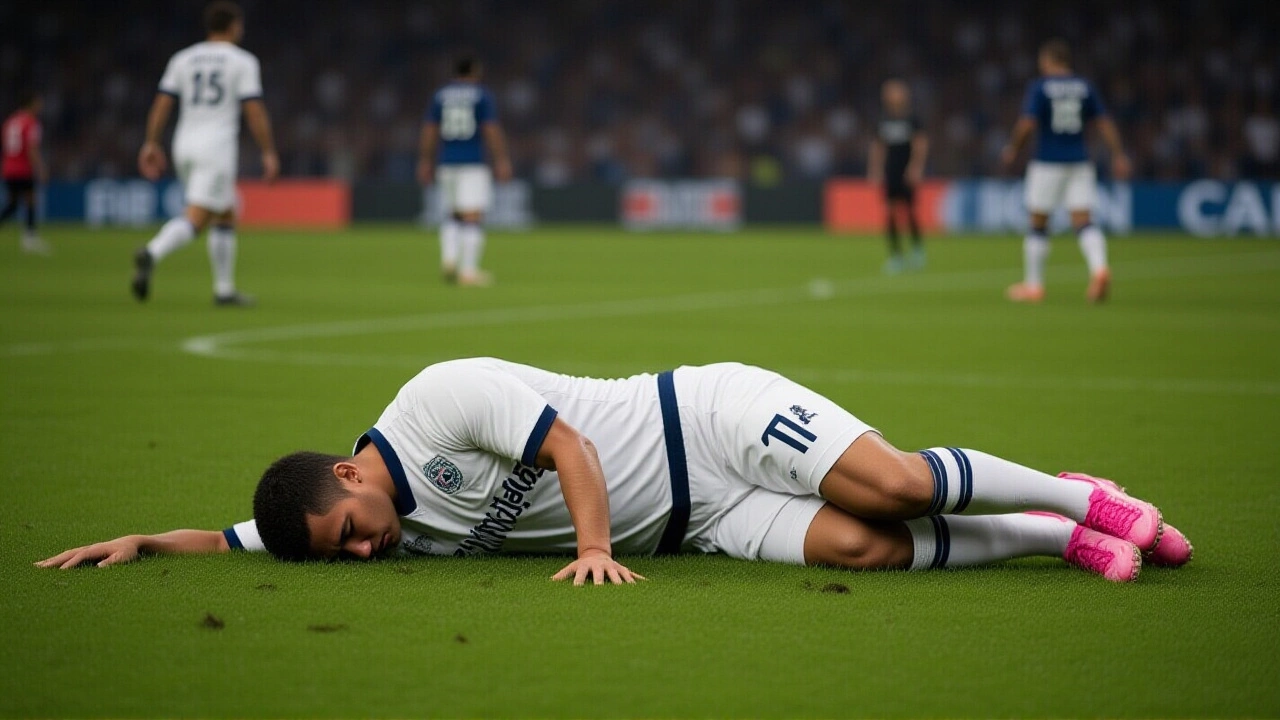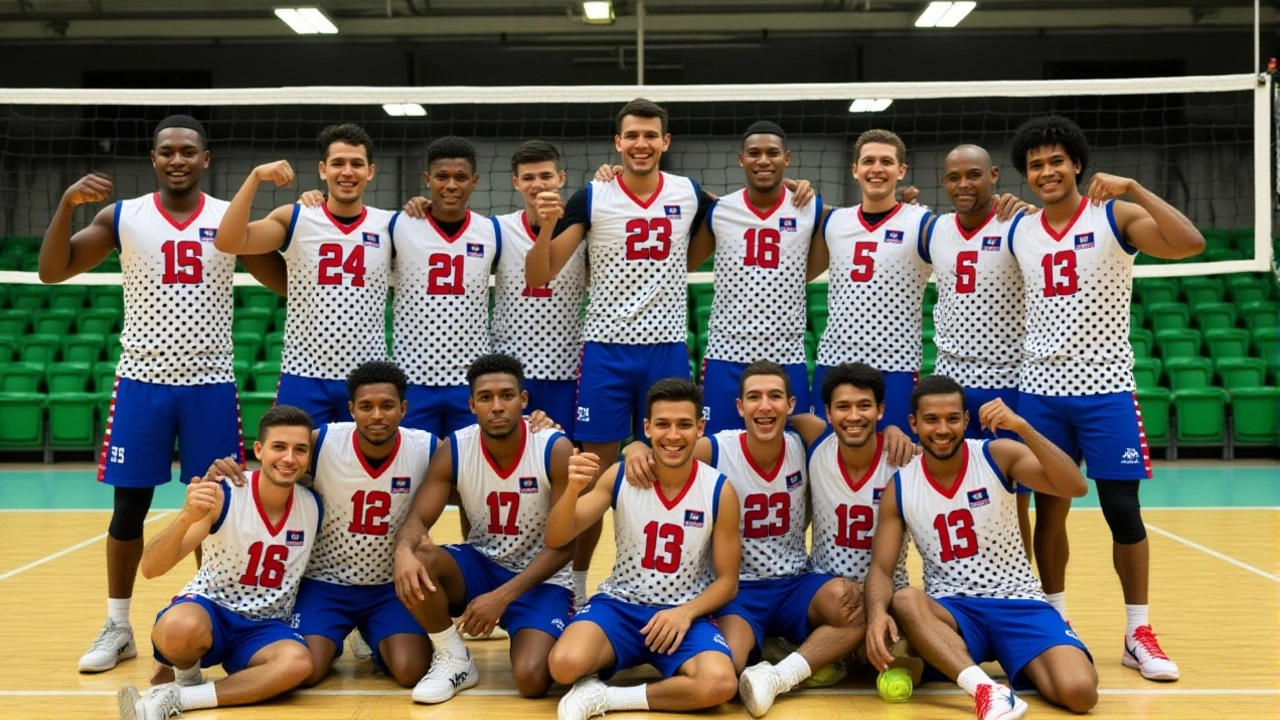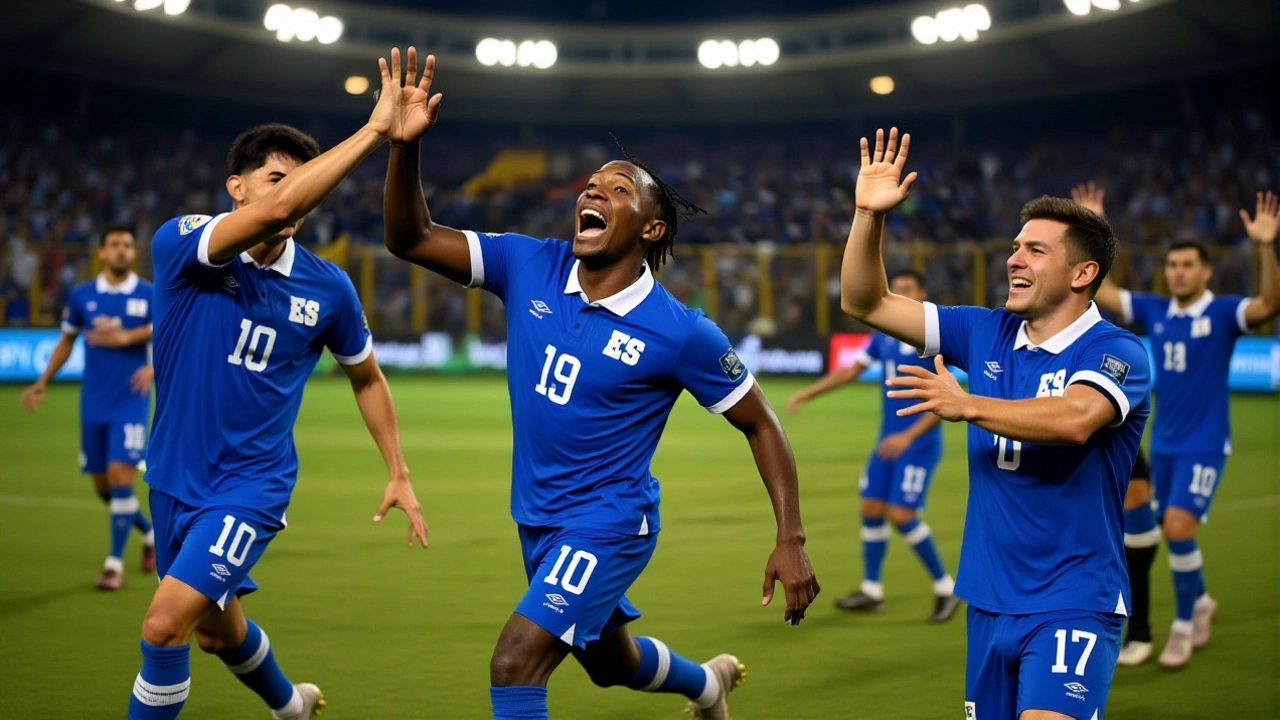When Jose Luis Rodriguez struck in the 82nd minute, the roar that erupted at Estadio Rommel Fernandez wasn’t just for a goal — it was for a dream resurrected. On Tuesday, November 18, 2025, Panama defeated El Salvador 2-0 in their final CONCACAF Third Round World Cup QualifierPanama City, sealing their second-ever World Cup berth after a 2018 campaign that felt like a lifetime ago. The win wasn’t just about three points. It was about survival. With Suriname also winning on the same day, Panama needed to win by at least three goals to leapfrog them. They didn’t. But they didn’t need to. Because Suriname’s 1-0 victory over Guatemala wasn’t enough to catch Panama’s goal differential. The math was tight. The tension was thicker. And when Rodriguez — a 24-year-old substitute — pounced on a rebound and buried it, Panama Football Federation fans wept, hugged strangers, and lit flares under the Panama City night.
What Was at Stake? A Nation’s World Cup Future
Panama entered this match tied with Suriname on nine points, but with a goal difference of +3 to Suriname’s +1. A win alone wouldn’t be enough — they needed to win by three or more to top the group. But here’s the twist: Suriname’s own match against Guatemala ended 1-0, meaning Panama only needed to win by two goals to finish ahead. The pressure? Unrelenting. CBS Sports reported pre-match odds of Panama at -750, El Salvador at +1600, and a draw at +600. The recommended bet? “Panama to score 2+ goals in the first half” at +190. No one expected a 2-0 final score. Not even the most optimistic fan. But that’s what happened.The Players Who Carried the Weight
At the heart of Panama’s effort was Adalberto Carrasquilla, the 27-year-old central midfielder who dictated tempo like a conductor. He completed 92% of his passes, made six recoveries, and was the only player on the pitch with more than 100 touches. Veteran defenders Anibal Godoy and Cecilio Waterman, both 35, anchored the backline with a calmness that belied their age. Godoy, who played in the 2018 World Cup, didn’t just defend — he led. He shouted instructions, organized set pieces, and even made a crucial last-ditch tackle in the 67th minute that preserved the 1-0 lead. El Salvador, meanwhile, arrived battered. Their coach, Erdan Gomez, made four changes from their 4-0 thrashing by Suriname, including benching star forward Christian Martinez. The 4-3-3 formation looked desperate, not tactical. Ismael Diaz, who started up top, was isolated. Panama’s midfield trio — Carrasquilla, Yordy Reyna, and Abdiel Arroyo — suffocated them. El Salvador managed just two shots on target all night.
The Goal That Changed Everything
The first goal came in the 58th minute — a classic Panama counter. Carrasquilla intercepted a lazy pass near midfield, fed Waterman on the left, and Waterman’s low cross found Abel Aguilar, who slipped it past goalkeeper Diego Mejía. The stadium exploded. But it wasn’t over. Not yet. Suriname was winning. Panama needed one more. The clock ticked. The crowd held its breath. Then, in the 82nd minute, a corner kick from Adolfo Machado was headed away, but only as far as Rodriguez, who had come on as a substitute just six minutes earlier. He didn’t celebrate. He didn’t run. He just pointed to the sky and dropped to his knees. The goal was his first international strike. It was also Panama’s ticket to 2026 FIFA World Cup.Why This Matters Beyond the Pitch
This was Panama’s first World Cup qualification since 2018 — and their second ever. The 2026 tournament, co-hosted by the U.S., Canada, and Mexico, expanded to 48 teams, giving smaller CONCACAF nations a real shot. Before this match, Panama had been on the edge of elimination for months. Their draws against Suriname and Guatemala earlier in the cycle had haunted them. But this win? It’s historic. It’s emotional. It’s the kind of result that revives youth programs, boosts national pride, and gets kids in Colón and Chiriquí dreaming of wearing the blue and red. The ripple effect? Immediate. Ticket sales for Panama’s next friendly against Brazil in December sold out in 11 minutes. The Panama Football Federation announced a $500,000 bonus pool for the squad. And for the first time in years, Panamanian media stopped talking about the 2018 team — and started talking about this one.
What’s Next? The Road to 2026
The official draw for the remaining CONCACAF playoff spots — including Panama’s potential opponent — will take place in Zurich on November 20, 2025. Panama will be seeded in Pot 2, meaning they could face a team from Asia, Africa, or Oceania in a one-off playoff. Their path to Qatar 2022 was brutal. This one? It could be even tougher. But for now, they’re not thinking about that. They’re thinking about the roar of 38,000 fans, the smell of empanadas and beer in the stands, and a substitute who turned a dream into reality.Frequently Asked Questions
How did Panama qualify despite Suriname winning their match?
Panama finished with 12 points (3 wins, 3 draws), while Suriname ended with 12 points too — but Panama had a superior goal difference (+5 to Suriname’s +3). Even though Suriname won 1-0 against Guatemala, Panama’s 2-0 win over El Salvador gave them the edge. Goal difference, not total points, broke the tie. That’s why Panama didn’t need a three-goal margin — just a win.
Who scored Panama’s goals, and were they starters?
Abel Aguilar opened the scoring in the 58th minute as a starter. The decisive goal came from substitute Jose Luis Rodriguez in the 82nd minute — his first international goal. Rodriguez had only played 15 minutes total in the qualifying campaign before this match. His impact was immediate and historic.
Where can fans watch Panama’s next matches?
Panama’s next official match will be a World Cup playoff, likely in March 2026, against a team from Asia, Africa, or Oceania. In the meantime, their upcoming friendly against Brazil on December 10, 2025, will air on Paramount+ and ESPN+. All World Cup qualifiers and friendlies will be broadcast across CBS Sports, FOX Sports, and the CONCACAF app.
Why was this match so emotionally significant for Panama?
Panama’s only previous World Cup appearance was in 2018, where they lost all three group games. Many fans believed that team was their golden generation. This squad, built around veterans like Godoy and Waterman and young talents like Rodriguez, was seen as a last chance. Qualifying again — especially after losing four of their last five qualifiers before this match — felt like redemption. For a country of just 4.5 million people, it’s a monumental achievement.
How did El Salvador’s performance compare to previous matches?
El Salvador’s performance was slightly improved from their 4-0 loss to Suriname but still lacked cohesion. They had more possession but created almost nothing. Their defense was disorganized, and their attack lacked a focal point after Christian Martinez was benched. They’ve now lost five of their six matches in the final round — their worst qualifying campaign since 2006.
What does this mean for CONCACAF’s World Cup representation in 2026?
With the U.S., Canada, and Mexico as automatic hosts, CONCACAF has three direct slots and one playoff spot. Panama’s win secured the third direct berth. The playoff spot will go to the winner of the fourth-place team (likely Costa Rica or Honduras) versus a team from another continent. Panama’s qualification means six CONCACAF teams — including the hosts — will compete in 2026, the most ever for the region.
